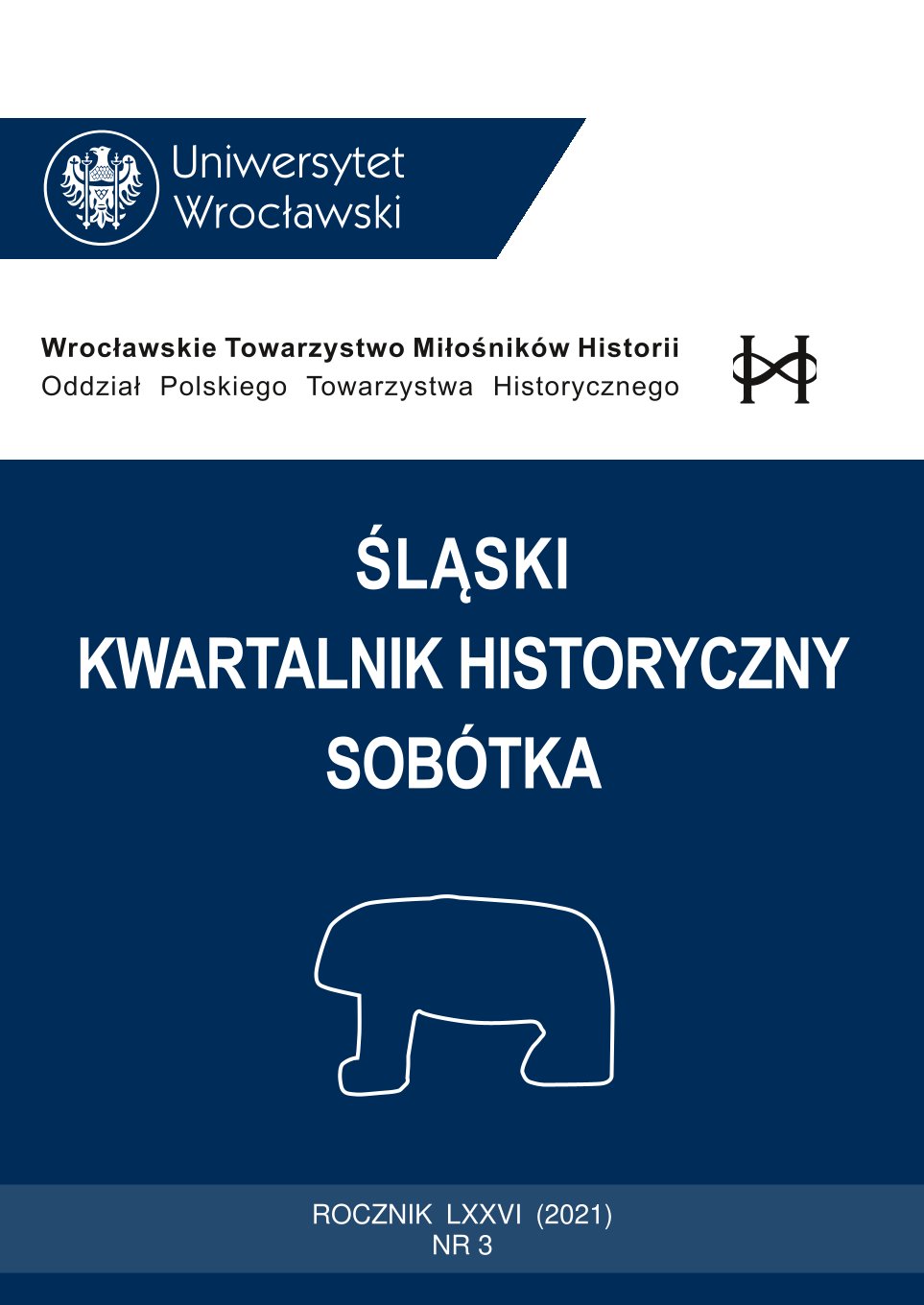„…kazali mu klękać przed martwym wodzem, który poległ w Sandomierzu”. W kwestii pochówku mongolskich wojowników oraz ich ofiar w czasie najazdu na Europę
"...they ordered him to kneel before a dead warlord who has fallen in Sandomierz". On the burials of Mongol warriors and their victims during the Tartar invasion of Europe
Author(s): Rościsław ŻerelikSubject(s): History, Middle Ages, 13th to 14th Centuries
Published by: Wydawnictwo Uniwersytetu Wrocławskiego
Keywords: Mongol invasion; Poland; Ruthenia; Hungary; Slovakia; burials
Summary/Abstract: In testimonies of eyewitnesses of the Mongol invasion of Hungary – archdeacon Roger of Torre Maggiore from Great Várad, presently Oradea in Romania (Carmen miserabile super destructione regni Hungariae temporibus Belae IV regis per Tartaros facta) and archdeacon Thomas from Split, now Croatia (Historia salonitanorum pontificum atque spalatensium) – the reader can find terrifying descriptions of the battlefield on the Mohi plane and massacres committed by Mongols and their allies. Other written sources also inform about those events. The same sources are usually silent about burials of both the perpetrators and the victims. Archeological excavations uncovered mass burials of defenders and inhabitants of towns and villages on the territories of present Russia and Ukraine, as well as “deviational” burials in Hungary and probably also in Poland and Slovakia. Nevertheless, in neither of these countries any burials of Mongols were found. In light of relations of Christian envoys sent to Karakorum (i.a. C. de Bridia, Jan de Piano Carpini) and works of European authors based on those relations, the killed were transported to the “land of Tartars” to one of two cemeteries located there. In a chronicle by Armenian chronicler Kirakos Gandzaketsi information can be found that in order to get rid of the demon inhabiting the body of the fallen warrior, the cadaver could have been transported for many days and then buried, which throws into question the interpretation that the bodies of the Mongol warriors were transported to Karakorum. In the relations of Christian travelers who visited Mongolia, accounts of burial customs of the nomads, as well as descriptions of battlefields with piles of bones. It cannot also be excluded that the bodies of fallen Mongols were burned (this custom was adopted from Buddhists), or buried “stealthily, in a secret place” in Puszta (Pannonian Steppe). Such custom could also be an explanation for lack of Mongol burials near settlements from the period of the invasion in 1238–1242.
Journal: Śląski Kwartalnik Historyczny Sobótka
- Issue Year: 76/2021
- Issue No: 3
- Page Range: 7-29
- Page Count: 23
- Language: Polish

